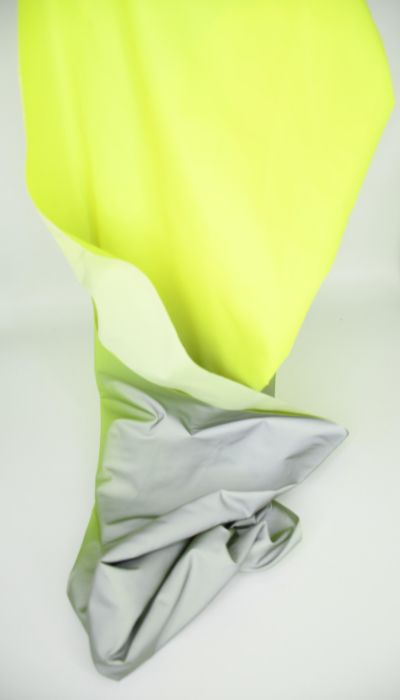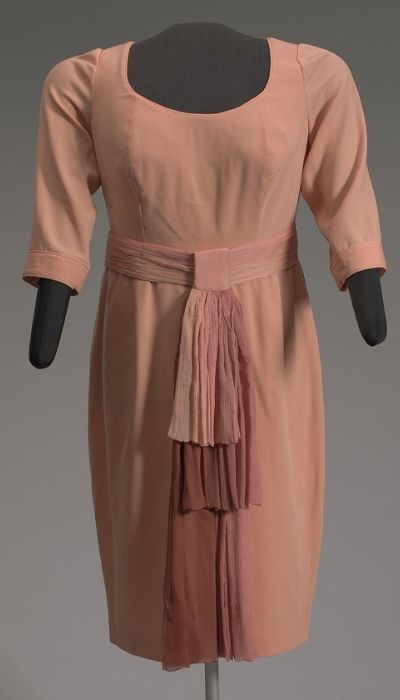Ombre fabric is a distinctive textile characterized by a gradient color scheme, where colors seamlessly transition from light to dark or from one shade to another. This technique can be applied to various types of fabrics, including cotton, satin, knit, and chiffon, creating visually striking patterns.
| Fiber Source | Various, often includes cotton, silk, synthetic blends |
| Weaving Patterns | Typically involves specialized dyeing rather than weaving |
| Dominant Colors | Gradient hues transitioning from light to dark |
| Texture Spectrum | Depends on base fabric, can range from smooth to textured |
| Breathability Index | Varies based on the base fabric used |
| Strength & Longevity | Dependent on the quality and type of base fabric |
| Maintenance Needs | Varies, generally requires careful handling to preserve gradient |
| Primary Applications | Fashion (dresses, scarves), home decor, crafts |
| Ecological Impact | Dependent on dyeing process and base material |
| Major Exporters | Global production, dependent on base fabric origin |
| Comparable Fabrics | Similar to other dyed fabrics like tie-dye and batik |
The term “ombre” itself, originating from French, signifies “shaded.” In ombre fabric, the shading effect is achieved through a gradual blending of colors, often resulting in a soft, fluid visual transition. This effect can be created through dyeing techniques that allow for a gradual change in color intensity.
1. Types of Ombre Fabric
- Ombre Satin Fabric: Known for its glossy finish and smooth texture, adding a luxurious touch to the ombre effect.
- Cotton Ombre Fabric: Offers a casual and versatile option, ideal for a range of garments and home décor.
- Ombre Knit Fabric: Brings a cozy, stretchy quality to the ombre design, perfect for comfortable clothing.
- Ombre Chiffon Fabric: Light and airy, chiffon lends an ethereal quality to the ombre transition.
Specialized Ombre Fabrics
- Ombre Galaxy Fabric: A thematic design incorporating celestial patterns in an ombre style.
- Black Ombre Fabric: Features a gradient involving various shades of black, offering a sophisticated and modern look.
- Red Ombre Fabric: Radiates warmth and intensity, transitioning through shades of red.
- Yellow Ombre Fabric: A bright and cheerful option, moving from light to dark yellow.
2. Ombre in Fashion and Crafting
Ombre fabric’s unique coloring makes it a popular choice in fashion, home décor, and crafting. It’s often found in dresses, scarves, and upholstery, providing a touch of elegance and visual interest.
DIY with Ombre
- Ombre Fabric Dye: DIY enthusiasts can create their own ombre effects on fabric using dyeing techniques.
- How to Ombre Dye Fabric: This involves gradually immersing the fabric into the dye, adjusting the time and depth for color gradation.
3. Ombre Beyond Textiles
The ombre concept extends beyond fabrics, finding applications in hair coloring, nail art, and even painting. It’s about creating a smooth transition of colors, regardless of the medium.
This peach dress and pleated chiffon belt were designed by L’Wren Scott and worn by Oprah Winfrey during the series finale of The Oprah Winfrey Show in May 2011.
Ombre Design in Art and Beauty
- Ombre in Nails and Hair: Reflects a similar gradient effect, transitioning colors along the nails or hair strands.
- Ombre Painting: Artists use this technique to create a soft, blending effect in their artwork.
4. Buying Ombre Fabric
- Ombre Fabric by the Yard: Available for purchase in fabric stores or online, offering flexibility for various projects.
- Ombre Fabric Bundle: Often sold in bundles, these assortments provide a range of color gradients for quilting and crafting.
5. Conclusion
Ombre fabric, with its unique and captivating color transitions, offers a world of possibilities for both fashion and home décor. Its versatility and visual appeal make it a popular choice for those looking to add a touch of creativity and elegance to their projects.


